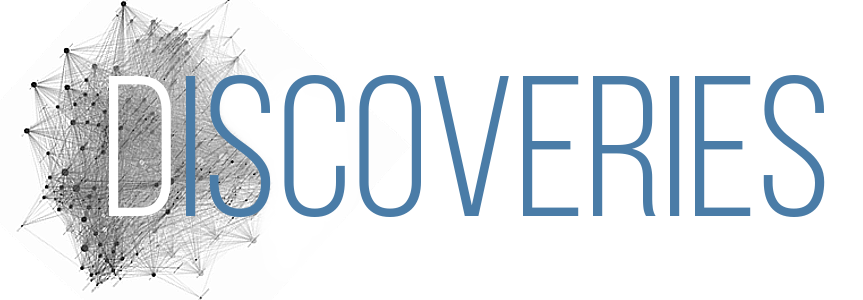As Democrats and Republicans debate tax cuts yet again, this policy paper provides a bit of historical perspective. “The Reagan tax cut of 1981 remains the largest tax cut in U.S. history, but its significance is more political than fiscal,” writes the author. She goes on to outline the tradeoffs between taxes and spending that occur when one or the other is augmented and how voter preferences change as each is highlighted in political messages.
As we all await the Supreme Court ruling on the Constitutionality of federal health care reform (the 2010 Affordable Care Act), this summation of the polling data about what and how Americans actually think of the legislation and its various provisions, especially when asked about specific portions of the legislation, is very revealing.
It’s also worth clicking over to Contexts.org to read Skocpol’s short essay “People Like Health Reform When They Know What It Does” (full text online for free).
With President Obama’s executive order to allow hundreds of thousands of young, otherwise undocumented immigrants immigrants to remain in the country indefinitely, this research brief which reviews how the politics of U.S. immigration policy have unfolded in the past decade is particularly useful. Examining all 363 immigration-related Congressional votes, Fennelly concludes, “The big picture is one of little substantive action, but lots of symbolic gestures meant to signal each party’s position and to stymie efforts by the other party.”
Today marks the first-ever hearing on solitary confinement by the U.S. Senate’s Committee on the Judiciary’s Subcommittee on the Constitution, Civil Rights, and Human Rights, but social scientists and legal scholars have been considering solitary’s detrimental effects for years. Scharff Smith reviews the literature and concludes that such effects depend on how long people are isolated and the conditions of their confinement.
Can government encourage innovation and economic growth, or is it just a drag, an obstacle? According to the authors, almost all of the recent breakthrough technologies successfully marketed by U.S. firms enjoyed crucial government support for the original research and steps toward commercialization. If you don’t believe it, all you need to do is look at your iPhone, your new car, or a major appliance, and you will see technologies nurtured to commercial fruition by support from public sector agencies.
With the 2012 US presidential election campaign in full swing, the meaning and significance of Barack Obama and his presidency are once again in the spotlight. Has the election of Barack Obama served as the watershed moment for American politics and race relations that many predicted? A number of experts in the field of critical race theory attempt to answer this question in a special issue of Qualitative Sociology, edited by Simone Browne and recent TSP contributor Ben Carrington.
Metta World Peace and his Lakers are out of the running now, but with the NBA playoffs in full swing it’s a great time to take a look at this recent book from one of the leaders in sport sociology. Leonard uses Artest and the infamous melee in Motown as a meditation on how the league goes about the business of packaging and controlling its African American superstars, how we participate in the process, and what it all says about race in contemporary American culture.
The title says it all. In this 2011 piece, Vincent J. Roscigno considers dominant and emerging strands of research into power and its myriad dynamics, creating a synthetic theoretical way to conceive of the one thing all these candidates, bureaucrats, and grassroots groups are fighting for—and how it might be useful, should they achieve it.
While Nathan Palmer’s Sociological Sounds strives to provide a great start for those hoping to bring music into their classrooms, this article explores why that’s such a good idea in the first place using a thorough literature review to consider questions from the basic (“What is Music, Sociologically Speaking?”) to the functional (“How do Individuals and Groups Use Music?”).
A recent Cyborgology post got us thinking about NASCAR, one of the biggest sports in America. Commenter and RAND scholar David Ronfeldt points us to his own 2000 piece in the online peer-reviewed journal First Monday (“Social Science at 190MPH“) for a look at complexity theory, social network analysis, and game theory on the track, while Chris Uggen suggests this ASQ article about competitive crowding and risk taking at work in the straightaway.
